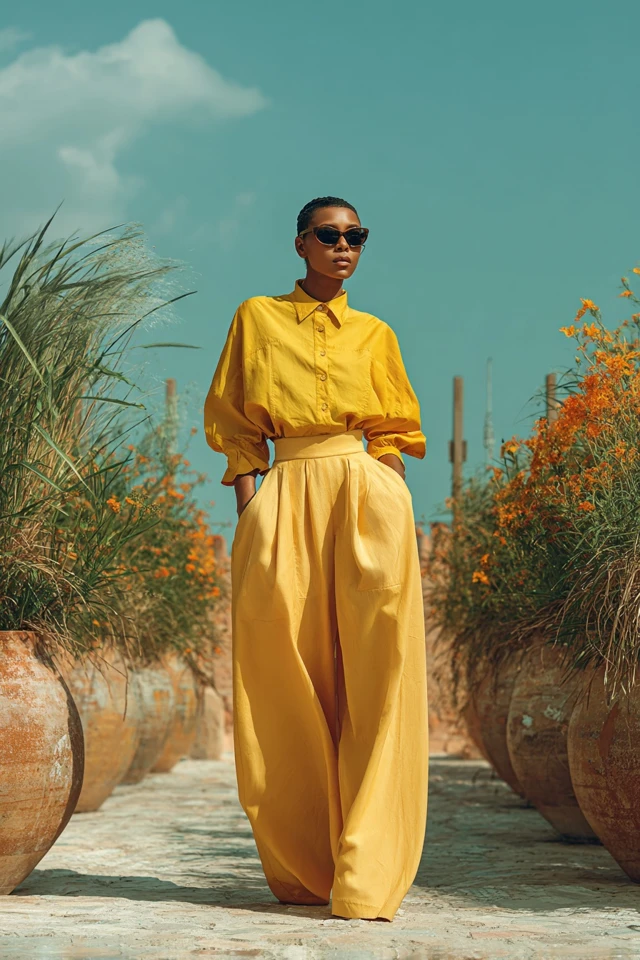Introduction
Stepping out on the first day back to school always sparks a unique blend of excitement and nerves. I still remember the quiet confidence that came with slipping into a carefully chosen outfit—one that felt both comfortable and effortlessly stylish. That moment of reassurance, aligning my inner self with an outward expression through clothing, made all the difference in how I navigated hallways filled with new faces and familiar challenges. Minimalism in those outfits was not about deprivation; rather, it was a strategic choice to distill style down to its most powerful elements.
For students, educators, or anyone returning to a structured setting, minimalist back-to-school outfits serve a vital purpose beyond just aesthetics. They communicate professionalism, clarity, and confidence, while streamlining decision-making in a busy morning routine. When our wardrobes harmonize with our psychological and social goals, the daily act of dressing transforms from a chore into an empowering ritual.
About the Author and My Trend Boutique
This post dives deep into the art and science of minimalist back-to-school dressing. Drawing from my academic background in fashion design and color psychology, combined with real-world styling savvy, I’ll guide you through concepts that elevate your look and boost your confidence. Whether you’re fashion-forward or favor timeless simplicity, embracing a minimalist approach can reshape the way you present yourself to the world—and to yourself.
Foundational Concepts
Before we jump into wardrobe tips and color choices, it’s essential to understand the foundational ideas that underpin minimalist fashion, especially in an educational context.
Color Psychology
Color psychology explores how hues influence our mood, cognition, and even how others perceive us. Research shows that colors can affect first impressions and interpersonal dynamics profoundly. For example, blue is often associated with trustworthiness and calm, whereas red can convey energy and assertiveness. When selecting back-to-school outfits, considering color psychology can help you align your mood and desired social signals.
Trend Forecasting
Fashion trends emerge through a complex interplay of cultural, economic, and technological factors. While minimalist style emphasizes simplicity, staying aware of current trends enables you to keep your wardrobe fresh and relevant without overhauling your entire closet. For instance, neutrals continue to dominate but might be accented with trending fabrics or subtle accessories. This awareness informs smarter purchases that blend longevity with a modern edge.
Dressing to Impress
‘Dressing to impress’ is not about superficiality; it’s a psychological tool—an external language communicating respect for oneself and others. In the school context, it’s about signaling readiness, competence, and approachability. Combining minimalism with intentional dressing elevates this strategy, allowing students and educators to convey confidence authentically without distraction or excess.
Reflecting on these concepts can transform your approach to assembling back-to-school looks, turning outfit planning into a mindful, expressive practice overlapping art, psychology, and daily function.
Picture Gallery
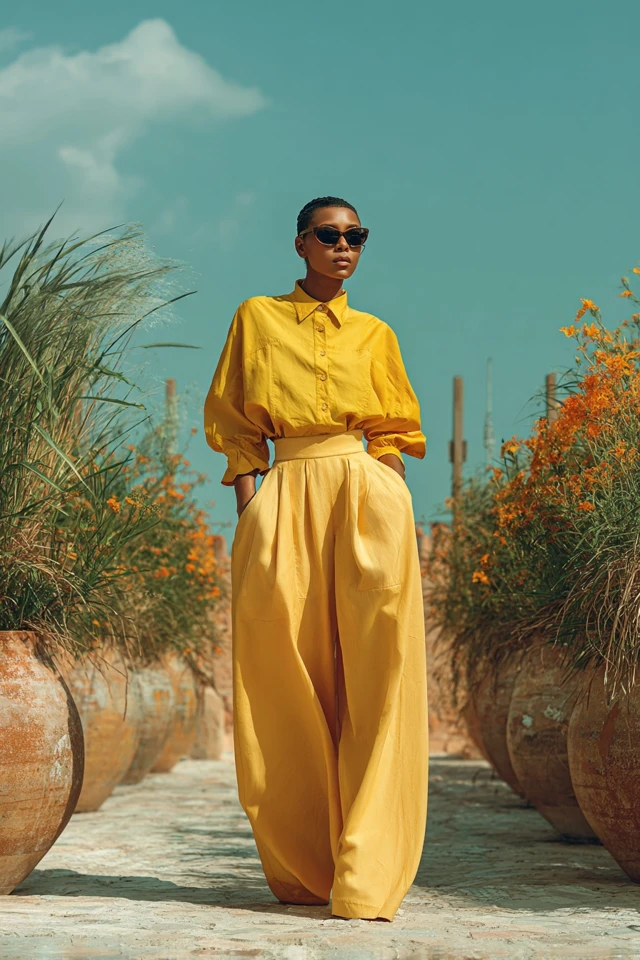
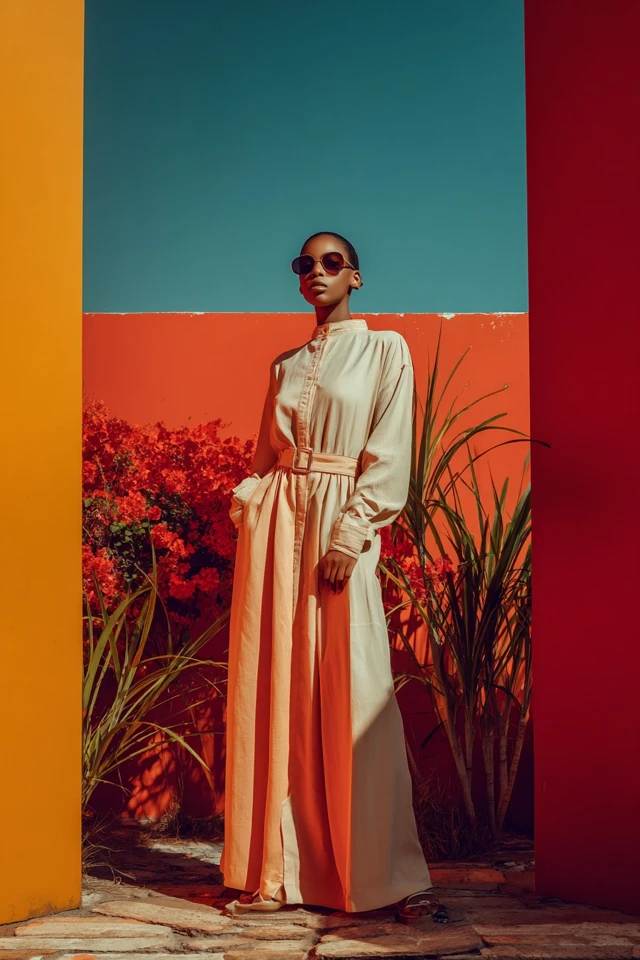
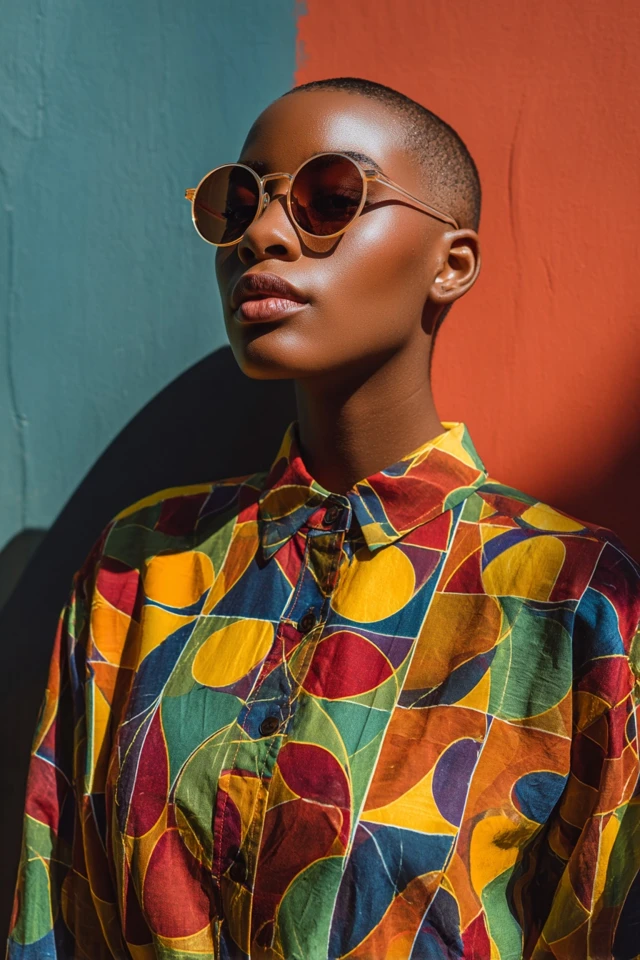
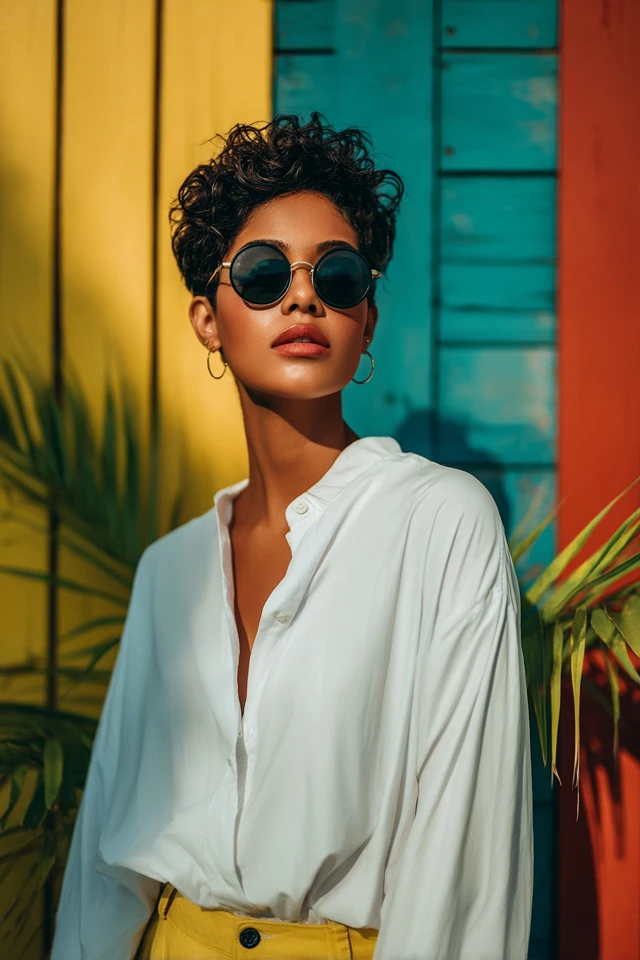
Color Psychology & Emotional Impact
Choosing the right colors each morning directly interacts with your emotional state and how others perceive you. Scientific studies show that colors impact physiological responses, influencing heart rate, attention, and mood. Knowing this can be a game-changer in selecting minimalist back-to-school outfits.
Blue—deep or pastel shades—generally evoke calmness, stability, and intelligence. Wearing blue can help you feel grounded during high-pressure presentations or exams. In addition, it creates a perception of trustworthiness, making it an excellent choice for teachers or student leaders.
Neutral tones like beige, gray, black, and white promote clarity and sophistication. Neutrals offer a blank canvas to mix and match, supporting minimalist style. They also reduce cognitive load during dressing, fostering mental clarity and focus.
Warm tones such as reds, oranges, and yellows stimulate energy and enthusiasm but should be used selectively to avoid overstimulation. Incorporating warm hues in subtle accessories or accents can spark positivity and attention without overwhelming.
Understanding your own emotional reactions to colors combined with their social signaling potential allows you to curate outfits that not only look good but also enhance your confidence and interactions. Try starting your day by selecting colors that align with your planned mood and objectives, creating a deliberate emotional foundation.
Personal Style & Body Type Considerations
Minimalism isn’t one-size-fits-all; it respects and celebrates individuality, including diverse body types and skin tones. Knowing how to tailor minimalist outfits to your silhouette and complexion ensures that simplicity translates into flattering, confident style.
Silhouettes
- Hourglass figures: Emphasize the waist with fitted tops or belts. Minimalist A-line skirts and tailored trousers work beautifully.
- Apple shapes: Choose A-line or straight silhouettes that flow away from the midsection. V-necklines elongate the torso and draw attention upward.
- Pear shapes: Balance proportions with structured shoulders or statement sleeves, paired with simple bottoms.
- Rectangle shapes: Create curves using peplum tops, ruffles, or layering pieces that add dimension.
Fabrics
Select natural, breathable fabrics such as cotton, linen, and wool blends, which drape well and enhance comfort throughout busy school days. Matte textures tend to support the understated aesthetic, while subtle weaves or finishes add interest without complexity.
Color Hues for Complexions
Matching colors to your skin undertone boosts vibrancy and radiance. Here’s a short checklist:
- Cool undertones: Opt for jewel tones like sapphire, emerald, or cool grays.
- Warm undertones: Embrace earthy shades like camel, olive, or mustard.
- Neutral undertones: Lucky you—most colors suit, from blush pinks to rich navy.
Quick Style Quiz
Take a moment to reflect:
- Which colors consistently draw compliments or make you feel confident?
- Do certain silhouettes make you feel more comfortable and aligned with your personality?
- How does layering or simplicity affect your comfort and style balance?
Answering these questions helps anchor your minimalist wardrobe choices in authenticity rather than trends alone.
Current Trends & Timeless Classics
This season’s back-to-school trends nod towards sustainability, comfort, and subtle sophistication—perfectly suited for minimalism.
- Trending Colors: Soft neutrals like oat, dove gray, and muted sage dominate, complemented by warm terracotta accents.
- Styles: Relaxed tailoring, oversized blazers, straight-leg trousers, and understated knitwear create a sleek, approachable look.
- Textures: Recycled cottons, organic linens, and blends provide environmental consciousness fused with modern aesthetics.
Yet, timeless classics remain indispensable. A perfectly cut white button-down shirt, classic loafers, and high-quality denim transcend fleeting fashions and anchor the wardrobe in versatility.
The key to minimalist back-to-school style is an artful blend: layer a trendy oversized blazer over a crisp white shirt with straight-leg jeans, finishing the look with classic loafers. This approach maximizes both style and practicality.
Practical Tips & Recommendations
Shopping Wisely
- Invest in quality basics that fit well rather than quantity bulk. Think well-made tees, tailored pants, and neutral sweaters.
- Choose multifunctional pieces that transition from classroom to casual social settings.
- Prioritize sustainable brands when possible; fabric quality extends garment life, supporting minimalist values.
Wardrobe Maintenance
- Regularly declutter: keep only items that fit well, match your palette, and bring joy.
- Follow care labels precisely to protect colors and fabrics.
- Use garment bags and gentle detergents for delicate items.
Layering Techniques
Layering is a minimalist’s secret weapon. Pair a soft, lightweight turtleneck under a blazer or a thin cardigan over a simple dress. This adds dimension without bulk and adapts to changing classroom temperatures.
Accessories & Color Combinations
- Use minimal accessories such as a slim watch, delicate necklace, or structured tote to maintain clean lines.
- Pair warm neutrals like camel or rust with cooler tones like navy or gray for balanced, appealing color combos.
- Incorporate a single pop of color through shoes or scarves to keep the look engaging yet uncluttered.
FAQs
Q: How do I find my signature color for school outfits?
A: Start by observing which colors make you feel confident and receive compliments. Consider your skin undertone using the checklist above. Experiment with neutrals mixed with a recurring accent color—this can become your signature.
Q: Can minimalist style fit into a tight budget?
A: Absolutely. Focus on versatile basics, buy fewer pieces, and prioritize quality over quantity. Thrift stores and sales can offer excellent finds for minimalist wardrobes without breaking the bank.
Q: How do I build a capsule wardrobe for school?
A: Choose 10–15 items—tops, bottoms, outerwear—that interchange easily. Stick to a consistent color scheme based on your palette and add one or two accessories to personalize looks.
Q: How can I keep my minimalist look fresh over time?
A: Rotate in on-trend accessories like scarves or jewelry. Update one or two key pieces seasonally while maintaining your core classics.
Q: What if I have a limited time in the morning? How does minimalism help?
A: Minimalist wardrobes reduce decision fatigue because pieces are thoughtfully curated to mix and match effortlessly. Preparing outfits the night before also streamlines your morning routine.
Conclusion
Minimalist back-to-school outfits fuse style, psychology, and practicality into a powerful tool for self-expression and confidence. By understanding color psychology, embracing your personal style and body type, and balancing current trends with timeless classics, you can cultivate a wardrobe that supports both your academic and social goals.
Remember, minimalism doesn’t mean sacrificing creativity or individuality. Instead, it invites you to experiment thoughtfully with fewer pieces, cultivating looks that feel both authentic and polished. Your clothing choices are an extension of your identity—wear them with pride and intention.
I encourage you to try new combinations, trust your instincts, and share your minimalist back-to-school inspirations with our community. Please feel free to comment below, share this post with friends, and subscribe for ongoing style insights rooted in research and real-world fashion wisdom.

